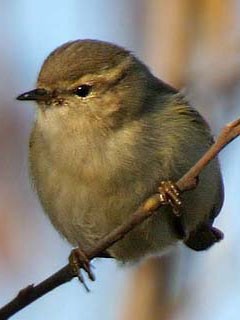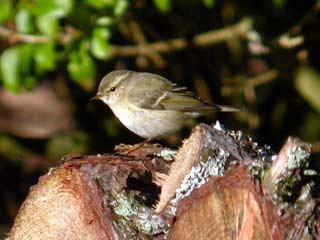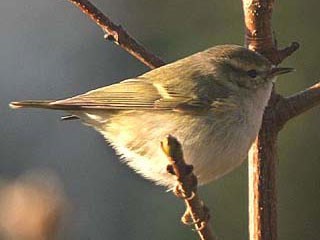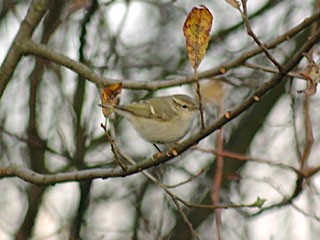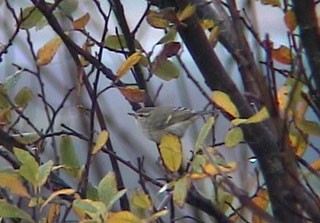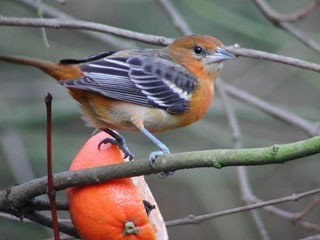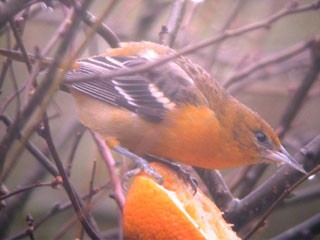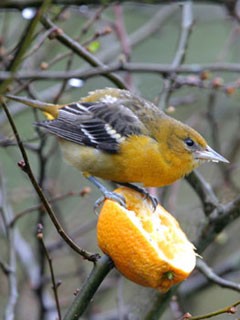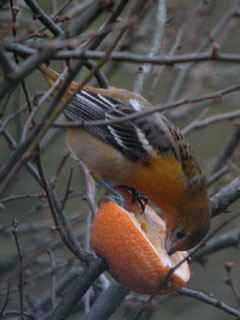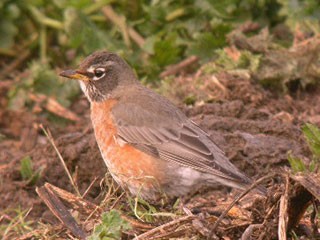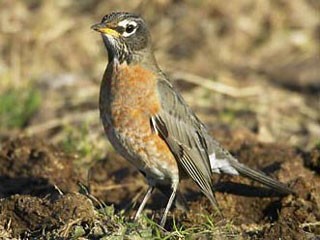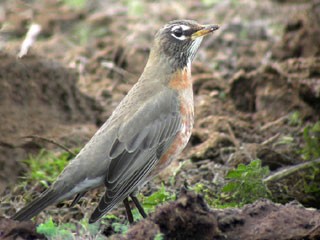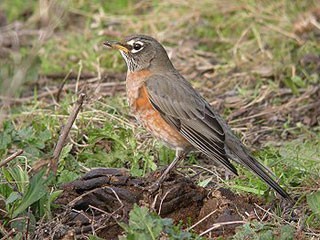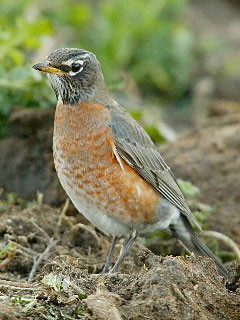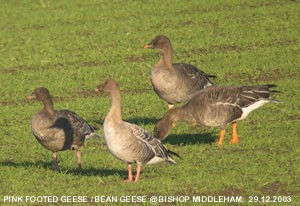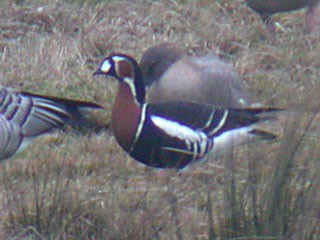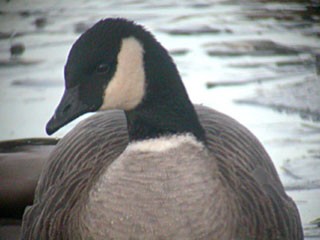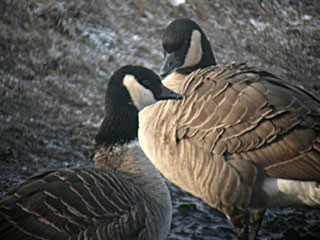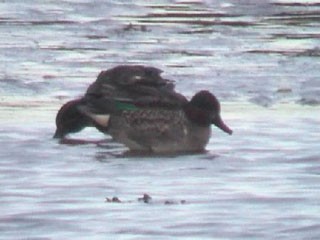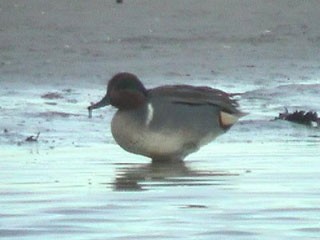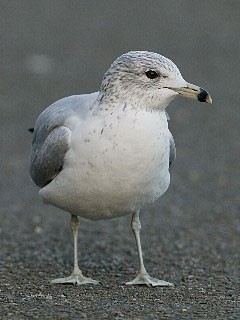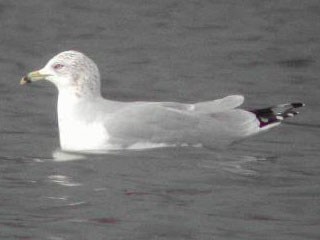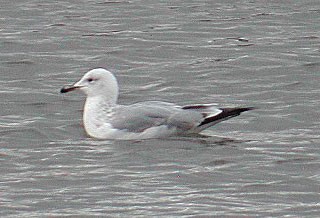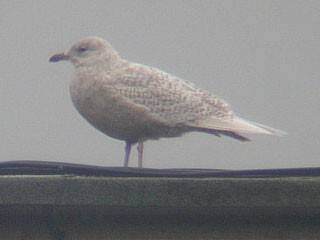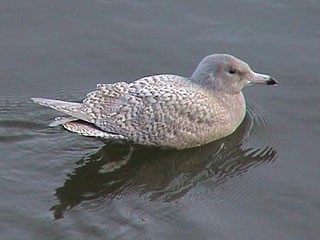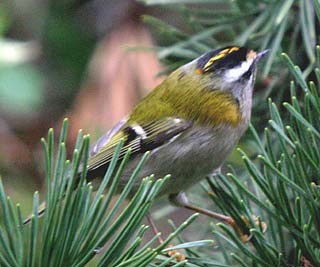2003 ended with a trio of lingering mega-rarities, plus many rare and scarce birds scattered throughout the country.
![]() |
| Hume's Warbler: Caernarfon, Gwynedd. (Photo: Steve Round) |
![]() |
![]() |
| Hume's Warbler: Hook Head, Co. Wexford. The second for Ireland - the first and second were found within a matter of days. (Photo: Tom Shevlin) |
Hume's Warbler: Caernarfon, Gwynedd. Call is always crucial, as the winter progresses plumage becomes a less useful pointer in the identification between this species and Yellow-browed Warbler. (Photo: Steve Round) |
![]() |
![]() |
| Hume's Warbler: Caernarfon, Gwynedd. (Photo: Paul Hill) |
Hume's Warbler: Caernarfon, Gwynedd. (Photo: Steve Williams) |
Just as Scotland did a few weeks ago, Ireland notched up its first and second records of Hume's Warbler, with birds discovered during the last two weeks of the year. One was at Knockadoon Head (Co. Cork) from 18th onwards and another was at Hook Head (Co. Wexford) from 28th onwards. In Wales the bird found at Caernarfon (Gwynedd) continued to show well. With three late December birds found so far, there are surely more out there awaiting discovery.
![]() |
![]() |
| Baltimore Oriole: Oxford, Oxfordshire. (Photo: Darren AP Ward) |
Baltimore Oriole: Oxford, Oxfordshire. (Photo: Kit Day) |
![]() |
![]() |
| Baltimore Oriole: Oxford, Oxfordshire. (Photo: Bill Baston) |
Baltimore Oriole: Oxford, Oxfordshire. (Photo: Chris Corteaux) |
![]() |
![]() |
| American Robin: Godrevy, Cornwall. (Photo: Steve Nuttall) |
American Robin: Godrevy, Cornwall. (Photo: Jack Levene) |
![]() |
![]() |
| American Robin: Godrevy, Cornwall. (Photo: Andy Warr) |
American Robin: Godrevy, Cornwall. (Photo: Paul Hackett) |
![]() |
| American Robin: Godrevy, Cornwall. (Photo: Nigel Blake) |
A Pallas's Warbler was reported from New Hythe GPs (Kent) on 21st and 14 Yellow-browed Warblers were present, including several 'new' birds. A Penduline Tit was at Slapton Ley (Devon) on 22nd and an Arctic Redpoll of the nominate form was reported from Loch Erribol (Highland). Both the Baltimore Oriole in Oxford and American Robin at Godrevy Point (Cornwall) continued to show exceptionally well for their admirers. The Dusky Warbler remained at Paignton (Devon) as did the Richard's Pipit at Llanilid (Glamorgan), whilst a perplexing pipit at Hannafore Point (Conrwall) was considered by some to show features of the Asian subspecies of Buff-bellied Pipit (japonicus). There were around a dozen widely scattered Great Grey Shrikes to enliven the short winter days and 4 Siberian Chiffchaffs were reported, plus the Rose-coloured Starling was still present at Lisburn (Co. Antrim). Waxwings are still much in evidence; the largest flocks, involving over 200 birds, were in West and South Yorkshire with smaller numbers at many other locations.
![]() |
![]() |
| Tundra Bean Goose: Bishop Middleham, Durham. (Photo: David Brown) |
Red-breasted Goose: Martin Mere, Lancs. (Photo: Tristan Reid) |
![]() |
![]() |
| Richardson's Canada Goose: Caerlaverock, Dumfries and Galloway. The smallest of the pale forms with a thick straight neck and a small bill. (Photo: Tristan Reid) |
Richardson's Canada Goose: Caerlaverock, Dumfries and Galloway. Appears 'square-headed' - not all vagrant Canada Geese are easily 'pigeonholed' and many defy identification to a particular race. (Photo: Tristan Reid) |
![]() |
![]() |
| Green-winged Teal: Lewis, Outer Hebs. (Photo: Martin Scott) |
Green-winged Teal: Lewis, Outer Hebs. (Photo: Martin Scott) |
A drake Lesser Scaup was at Castle Loch (Dumfries and Galloway), with a drake King Eider in the same county at Loch Ryan on 29th. There were around 8 Ring-necked Ducks, 5 Ferruginous Ducks and over half-a-dozen Surf Scoters, plus 10 Green-winged Teals and 2 American Wigeons. Rare geese included a handful of Black Brants, the two wintering Red-breasted Geese, plus a number of Canada Geese forms with Barnacle Geese. There were around 20 Tundra Bean Geese, nearly all in East Anglia and the northeast, the exception being two in Devon. Three Snow Geese included the blue morph Lesser on Islay (Argyll) and Ross's Geese were still at large in Norfolk. On Shetland the American Coot remained at Lerwick, whilst in Galway the Forster's Tern was still present, as was the Lesser Yellowlegs on the Hayle Estuary (Cornwall) and Glossy Ibis in Devon. An American Golden plover or Pacific Golden Plover was reported at Skinflats (Forth) on 28th and the Black Kite was again reported from Cheesefoot Head (Hants).
![]() |
| Ring-billed Gull: Helston, Cornwall. This 2nd-winter is a popular attraction for birders on a rarity trip to the southwest. (Photo: Nigel Blake) |
![]() |
![]() |
| Ring-billed Gull: Gosport, Hants. This wintering adult is one of over a dozen adults in Britain and Ireland at present. (Photo: Nick Anscomb) |
Caspian Gull: Nosterfield NR, N. Yorks. 2nd-winter, this remains quite a rarity in Yorkshire and in Britain away from the southeast. (Photo: Darren AP Ward) |
![]() |
![]() |
| Iceland Gull: Sizewell, Suffolk. This 1st-winter has been present since early November. (Photo: Andrew Easton) |
Glaucous Gull: Whitby, Yorks. The rarer of the two white-wingers so far this winter. (Photo: Bill Aspin) |
A localised movement of Little Auks was witnessed off Lothian with several hundred off Tyninghame and Dunbar on 27th and 250 passing Barn's Ness the following day. There was a slight increase in the numbers of white-winged gulls to entice folk to their local roosts or harbours, with around 30 Iceland Gulls and just over 20 Glaucous Gulls. Inland watchers notched up over 15 Caspian Gulls and there were 16 Ring-billed Gulls reported, including 3 at Blennerville (Co. Kerry).
A Swallow passing north at Sandwich Bay (Kent) must have bemused the observers, but let's hope the bird had a change of mind before progressing too far north!!
![]() |
| Firecrest: Spital, Cheshire. Amongst many birders' favourite birds, this jewel is guaranteed to liven up a dull midwinter day. (Photo: Steve Round) |
